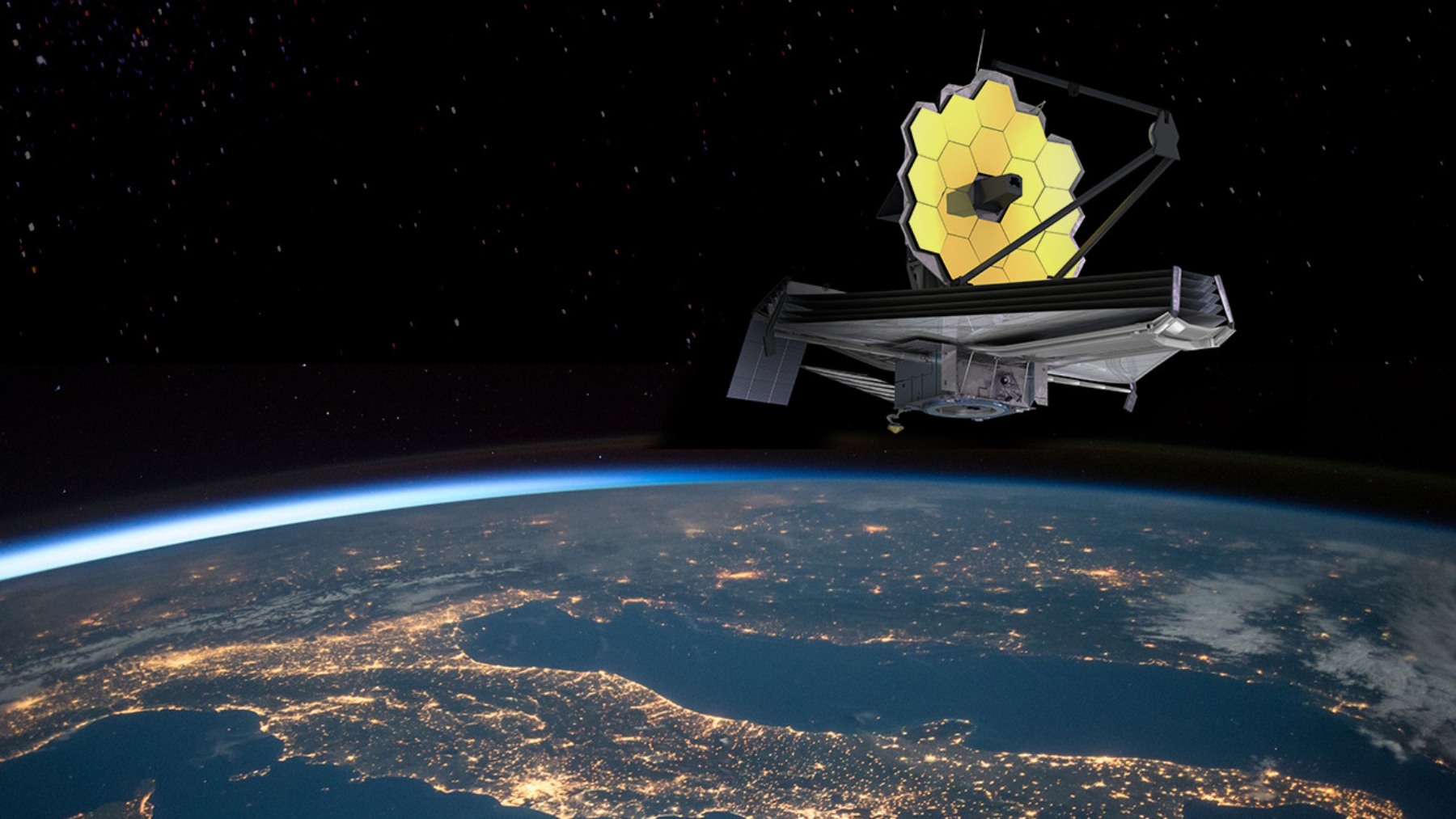NASA has something important to say about the Moon… For most of us, the Moon seems like the quietest and more stable object in the night sky. It has been lighting every night, inspiring poems, and helping control the tides for billions of years.
However, now, NASA scientists have warned about the Moon possibly being hit by an asteroid that travels very fast from deep space. We are not talking about rumors or conspiracy theories, it’s real data obtained by the James Webb Space Telescope (JWST) and the figures are serious enough to catch astronomers’ attention. So, let’s find out what’s going on with the Moon.
Telescopes
In the last decades, telescopes like the Hubble and, more recently, the James Webb have completely transformed the way in which we observe space. Thanks to them, today we can clearly see what was invisible before: the birth of far away galaxies or small asteroids that cross our orbit.
This is why, in May of 2024, the James Webb telescope was used to focus on a tiny point in movement. This observation changed the probabilities of a future collision and the object was the 2024 YR4 asteroid: a spatial rock of between 53 and 67 meters of diameter, kind of like the size of a 10-floor building.
When this asteroid was found at the end of 2024, it became popular (for a short time) because it had the highest probability ever registered to impact Earth among large asteroids. According to what scientists first calculated, there was a 3.1% chance of hitting Earth in 2032. This percentage might seem small, but in terms of planetary defense was enough for NASA to start simulations and studies to understand how to respond if such an event ever became real.
What if the Moon receives the impact?
Fortunately, later calculations showed that Earth isn’t at risk, but the Moon… So, what could happen if the 2024 YR4 asteroid hit the Moon? Astronomer Pawan Kumar, former researcher at the Indian Institute of Astrophysics, explained it clearly:
“It won’t be a cause for concern. Any lunar debris ejected into space would burn up in Earth’s atmosphere if it ever reached near-Earth space.”
Basically, there wouldn’t be any risk for our planet. The result would be a new crater on the lunar surface, visible for telescopes and maybe even for amateur astronomers. What’s more, small fragments could be seen entering the terrestrial atmosphere creating possible meteor showers.
For NASA and the science community, an event like this would be a unique opportunity since it will allow them to observe and measure in real time how an impact in space behaves and what effects it produces. It would be an impressive natural phenomenon and, at the same time, a valuable scientific experiment.
From simulation to practice
Even though the 2024 YR4 asteroid is not a threat, its discovery has been very useful because it was used as a complete training of planetary defense for NASA: from the detection of the object, risk evaluation and public communication, to long-term tracking.
This is not the first time NASA prepares for something like this: in 2022, the agency carried out the DART mission, in which a spacecraft intentionally hit an asteroid to change its orbit.
So, the 2024 YR4 case shows how much NASA has improved in identifying and preparing for cosmic threats. It also demonstrates how quickly scientists can now act when new data appears.
Future for NASA
This asteroid will be visible in 2028 and, during that period, astronomers will measure its composition, density, and shape; crucial data to understand how an asteroid can break apart or absorb impact energy.
Even though 2024 YR4 has been ruled out as a direct threat, NASA will continue to monitor it carefully when it passes near the Moon and Earth in the 2030s. These observations will help scientists improve models for future asteroid encounters and keep refining their planetary defense systems.
